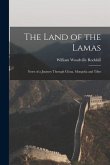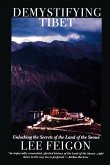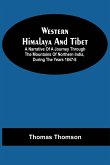In 1949 Mao Tse-tung first sent his People's Liberation Army into the eastern Tibetan province of Amdo; he followed with an invasion of the province of Kham in 1950. Ill-prepared, disorganized and badly outnumbered, the small Tibetan armed forces were no match for the invaders. At first the Chinese persuaded many Tibetans that their intent was merely to help them share in the future greatness and wealth that Mao had promised all. In a short time the Tibetan tribesmen realized, however, that the true purpose of the invasion was otherwise. Their religion and their freedom were at stake. Despite the repeated efforts by the Dalai Lama and others in Lhasa to dissuade them, the people resisted the Chinese--at great cost: over one million dead in the 1950s. This work includes accounts of the role of Tibetans who collaborated with the Chinese invaders, the resistance movement, the Dalai Lama's lack of support for the movement, and how even so the resistance made it possible for the Dalai Lama to escape from Lhasa in 1959.
Bitte wählen Sie Ihr Anliegen aus.
Rechnungen
Retourenschein anfordern
Bestellstatus
Storno








